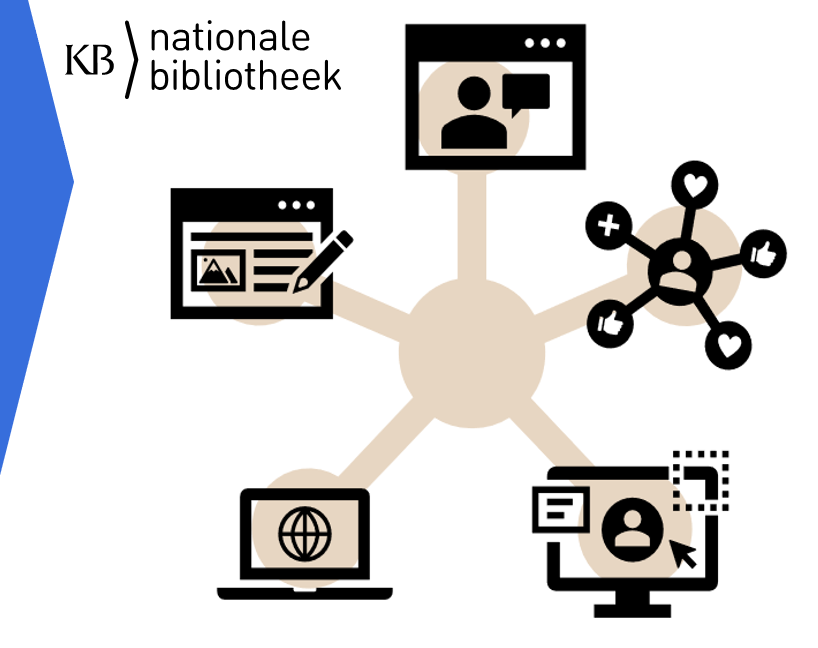Introduction
Introduction
In 2018 I, Iris Geldermans, worked as an intern for the KB – National Library of the Netherlands to form a collection of Dutch weblogs for the webarchive named the NL-blogosfeer. During this internship I discovered that weblogs are important primary sources for historical research because they place an event in the context of its time. Bloggers continuously write about what is happening right now. Lots (but not all!) of the weblogs are a bottom-up source: they give us a glimpse of everyday life and opinions of normal people. Weblogs show how people reacted on current affairs such as elections, festivals, #Me2, changing fashion trends, 9/11, MH17 and the firework disaster in Enschede. Blogs, however, are also vulnerable. Like so many websites, weblogs disappear from the internet, and with their disappearance we lose their archives often covering many years, the reactions placed under blogposts and their discussions on (now historical) events.
To prevent loss of the rich Dutch blogging culture, the KB decided to form a collection of blogs under the name NL-blogosfeer. This collection has as goal to give a representative image of the Dutch blogging culture and is meant as a primary source for reflection on Dutch digital culture. Websites are also selected because of their national cultural historic importance. Another reason to start this collection was het research where do bloggers blog? Platform transitions within the historical Dutch blogosphere by Esther Weltevrede and Anne Helmond. In this paper Weltevrede and Helmond analyze the Dutch blogosfeer on the basis of expert lists found in literature (like Bloghelden by Frank Meeuwsen ) and through interviews with bloggers that were involved with the Dutch Bloggie awards.

In 2018 a collection description was written in Dutch: it was updated slightly for publication in 2020-2021
Description metadata-dataset
Currently there are two metadata-datasets avaible for the NL-blogosfeer collection.
In 2018 a collection of websites was made with some metadata that was manually added. In this Excel document you can find the following metadata information (in Dutch):
- indexnr
- Date added to the WCT [WebCuratorTool, the harvest tool we use]
- Date in case the website was already in the WCT
- Geselecteerd via
- bronbestand
- webadress (URL)
- Webpage (URI)
- Website sold / link removed [please be mindful that the dataset has not been updated since 2018 so information can be dated!]
- Name
- Theme / Genre
- Multiple authors
- Format
- Date blog started
- Special collection
- Other special collection(s)
For more information about the metadata columns see chapter 5 and 8 in the collection description.
In 2020 the collection of the NL-blogosfeer websites (urls) was extracted from the webarchive with some metadata added automatic. In this Excel document you can find the following metadata information (in Dutch):
- Selection date
- Name
- URL
- Status (is it still online)
- Web collection(s) it is a part of
When using the data or the collection description we request you to cite it as follows:
P. de Bode, I. Geldermans, & K. Teszelszky. (2021). Web collection NL-blogosfeer (Version 1) [Data set]. Zenodo. http://doi.org/10.5281/zenodo.4593479
Access
All the datasets and the collectiondescription are available on Zenodo:
http://doi.org/10.5281/zenodo.4593479
These are:
- 2018 collection of websites with manually added metadata (Dutch)
- 2018 a collection description (Dutch): it was updated slightly for publication in 2020-2021
- 2020 collection of the NL-blogosfeer websites (urls) with some metadata added automatic. (Dutch)